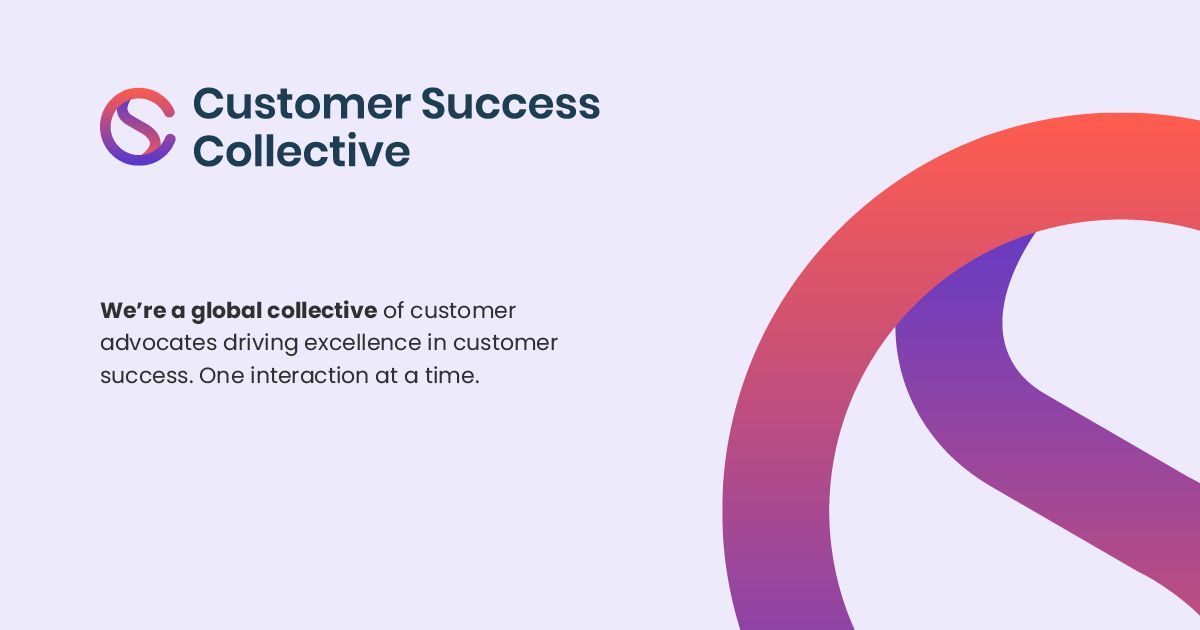Mutual engagement plans provide concrete and quantifiable evidence of all the work you and your stakeholders have been able to accomplish – even better if they’re led by customer success.
When you implement a clear, concise mutual engagement plan between you and your customer, it can have a tremendous impact on the health and prosperity of the relationship going forward.
Working as a Customer Success Manager at MongoDB, Bryant McCombs knows a thing or two about crafting a partnership through a watertight mutual engagement plan. In fact, we sat down with him after his presentation at June’s Customer Success Festival where our inquisitive audience members picked his brains.
This Q&A is just a taster of Bryant’s pearls of wisdom. For more undiluted insights to customer success-led mutual engagement plans, become a member and watch Bryant’s full presentation.
In this article, we're going to examine:
- Potential pushback in mutual engagement plans
- Best practices for accountability
- Recommended software for storing plans
- Realigning customers to realistic timelines
- CS's relationship with the sales team and the handover

What kind of pushback, if any, do you experience for mutual engagement plans with your customers?
One of the biggest points of pushback that I typically see is a lot of our customers are working in very fluid ways.
In a lot of cases, people are thinking in terms of ‘two-week sprints, which makes it difficult to formalize timelines when customers are only thinking two to four weeks ahead. As a result of this, it's harder to align on those timelines and milestones.
But I think that's part of the beauty of mutual engagement plans – you get to collaborate on what those timelines might look like, and agree on what’s realistic, or decide upon what realistic milestones might actually look like.
Do you have any best practices for holding clients accountable to these again, engagement plans?
That’s really the great thing about mutual engagement plans because you get to have that snapshot and say, “Hey, remember that conversation that we had back in January? We agreed that by May, we'd complete X, Y, and Z.
And then when we haven't completed those tasks or those outcomes by the assigned deadline then it's a lot easier to say, “Hey, what are we going to do to get back on track? What are we going to do to make sure that we’re able to hit these goals, or be able to reach these outcomes?”
Is there any kind of software that you recommend for storing a plan, or creating a product so that can follow that plan?
From a software perspective, the first thing that probably comes to mind is Gainsight. I think a good chunk of CS practitioners have probably had some experience with it. But if not Gainsight, I typically just use Google Slides or Evernote – these are just as valuable as something like Gainsight could potentially be.

What are the procedures that you'd recommend for realigning customers to a more reasonable expectation timeline?
Unfortunately, there isn’t a clear-cut process for this, since different scenarios will always require alternative approaches. For instance, a product and the service at one company will vary from that of another.
But if we’re keeping it broad, the best thing to do is right the ship. Be honest with the customer and authentic expectations will follow; you put yourself in a difficult position when you try to sell them the moon.
The sooner you can realign on what their actual expectations should be, the better. Again, this is where mutual engagement plans come in.
For instance, let’s say you have a salesperson who wants Project X completed in the next two weeks, but it's probably going to take two months, putting that mutual engagement plan in front of them manages their expectations and lets them know what the actual steps look like and why it’s going to take a little bit longer than they previously expected.
You want to provide a certain amount of visibility that explains any delays and expands upon the processes that formulate the end result.
Would involving customer success earlier on in the sales process avoid confusion, and would you recommend it?
There's a lot of different schools of thought around whether or not CS should be a part of the post or pre-sales process. I'm of the opinion that the earlier you can introduce CS and let the customer know what the engagement plan’s going to look like, the better
Some CSMs can struggle to get sales to bring them into customer meetings and engagements. What advice might you have to improve those relationships?
At MongoDB, we refer to this as developing your ‘social contracts’, something I’ve found immensely valuable.
In order to have a mutual understanding of each other’s priorities, it’s so important for a CSM to have upfront conversations with their sales colleague(s). This meeting aligns both of your swim lanes, allowing you to outline your responsibilities, and for them to expand on what you can expect from them.
Once you've held yourself accountable to those things upfront – whenever you begin to veer away from those responsibilities, or if they overlap or you're stepping on each other's toes – it's a lot easier to drawback to your social contract (the conversation) and realigns on what you originally discussed.
How do you allow the sales handoff to inform the engagement plan?
It's incredibly important to have a really strong sales handoff – the more information you receive from your sales team, the better. Typically, whatever happened during the pre-sales process is going to have a direct impact on your engagement plan, so it should almost be a one-to-one (1:1) – the pre-sales close plan should be fully reflected in your mutual engagement plan.

Enjoy that, did ya?
If you liked that, we’ve got loads more where that came from! You can watch Bryant’s full presentation with a membership plan, as well as read the excellent article he penned accompanying his presentation.

